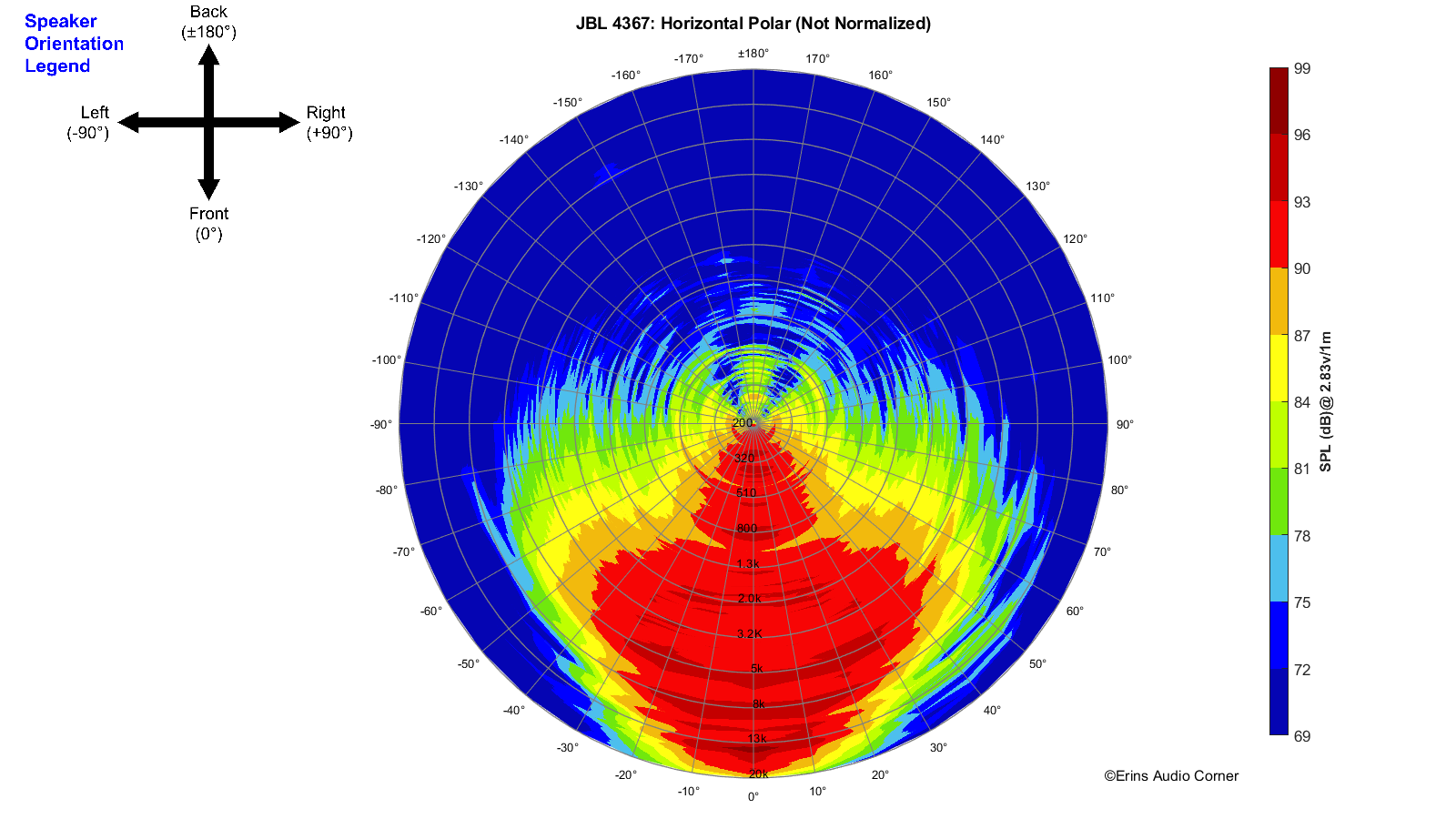Let us consider the Bowers & Wilkins loudspeakers with tweeter without baffle.
Is the spaciousness of these loudspeakers partly from the reflection of upper mid and lower high from the wall behind the loudspeaker?
The tweeter without baffle will radiate quite an amount of sound (though not much in the top octave) to the back of the the tweeter by the phenomenon called in physics "diffraction" (like low frequency sound propagates also to the rear of the speaker having a front-mounted woofer). That sound will be reflected from the wall with some time delay. This is something we have with some Bose loudspeakers.
I see from Steropohile 702 S2 specificatgion page ( 4kHz (second-order LP, first-order HP)" ) that the tweeter of such a model has 1st order high-pass filter. So measured from the front, the frequency response curves do not look nice for speaker of that price. However, there will be the rear firing (by diffraction, I do not mean the sound escaping the hole at the back of the tweeter enclosure) upper mid and lower high frequency that many other loudspeakers lack.
For those who are allergic to the name "Bose," let me mention a different name those people admire.
Some Burmester (a German high end brand) speaker models have a tweeter mounted at the back-side of the enclosure. Bowers & Wilkins speakers without tweeter baffle might have similar effect by diffraction.
Is the spaciousness of these loudspeakers partly from the reflection of upper mid and lower high from the wall behind the loudspeaker?
The tweeter without baffle will radiate quite an amount of sound (though not much in the top octave) to the back of the the tweeter by the phenomenon called in physics "diffraction" (like low frequency sound propagates also to the rear of the speaker having a front-mounted woofer). That sound will be reflected from the wall with some time delay. This is something we have with some Bose loudspeakers.
I see from Steropohile 702 S2 specificatgion page ( 4kHz (second-order LP, first-order HP)" ) that the tweeter of such a model has 1st order high-pass filter. So measured from the front, the frequency response curves do not look nice for speaker of that price. However, there will be the rear firing (by diffraction, I do not mean the sound escaping the hole at the back of the tweeter enclosure) upper mid and lower high frequency that many other loudspeakers lack.
For those who are allergic to the name "Bose," let me mention a different name those people admire.
Some Burmester (a German high end brand) speaker models have a tweeter mounted at the back-side of the enclosure. Bowers & Wilkins speakers without tweeter baffle might have similar effect by diffraction.
Last edited:
/Bose%20901%20Series%20V%20(Bass%202%20-%20EQs%20Neutral)_Horizontal_Spectrogram_Full.png)
/Bose%20901%20Series%20V%20(No%20EQ)_SPIN.png)




